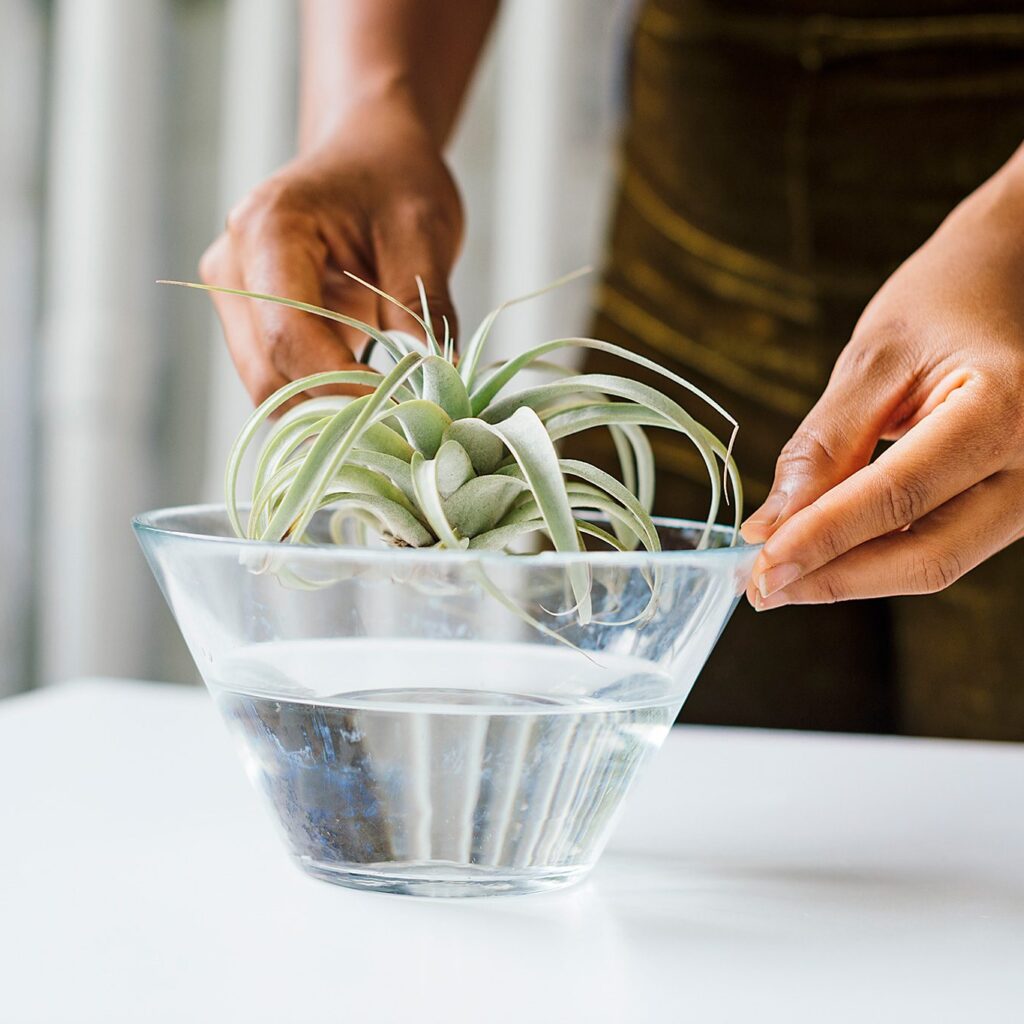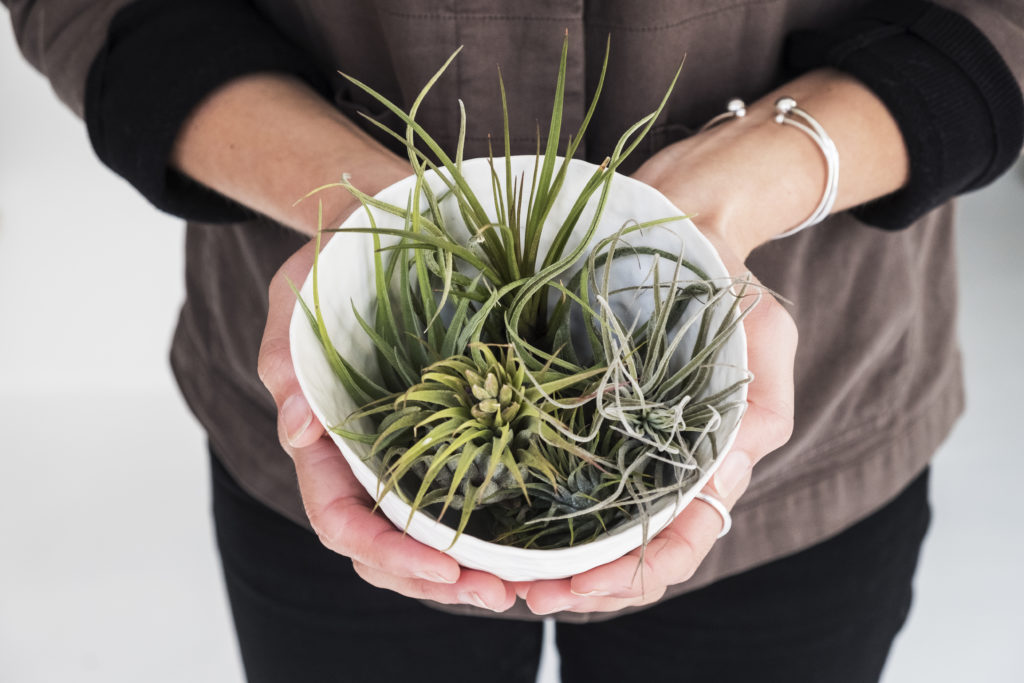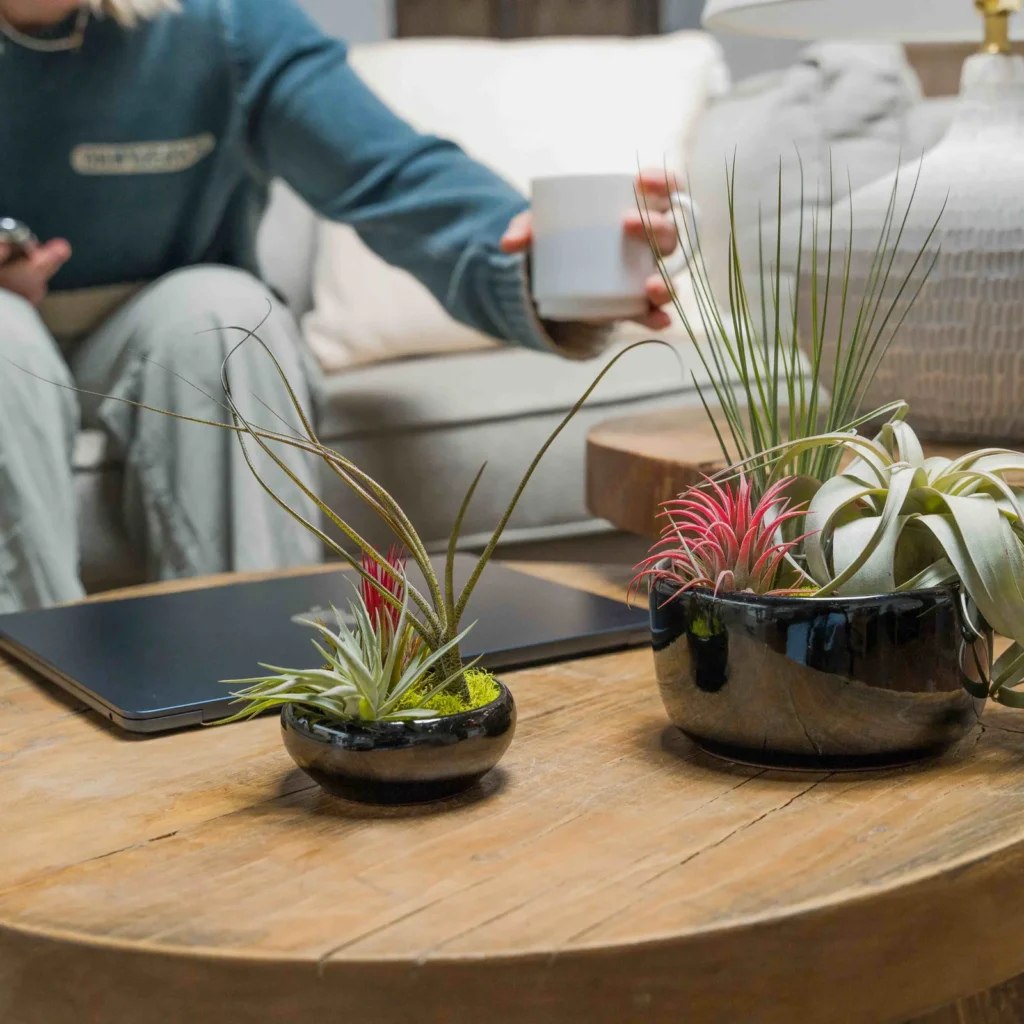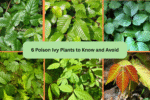Air plants — scientifically known as Tillandsia — are some of the most intriguing, low-maintenance houseplants you can grow. With their unusual, rootless structures and ability to thrive without soil, these unique plants bring a modern, artistic flair to any indoor space. But while they may look like they can survive on air alone, air plants still need proper care to stay healthy and vibrant.
Whether you’ve just brought home your first air plant or are trying to revive one that’s seen better days, this comprehensive guide will teach you exactly how to take care of air plants and keep them alive for years to come.

What Are Air Plants?
Air plants belong to the Tillandsia genus and are part of the bromeliad family. Native to the forests, mountains, and deserts of Central and South America, these fascinating plants absorb moisture and nutrients through their specialized leaves, not through roots. In fact, their roots serve only as anchors to attach them to trees, rocks, and other surfaces in the wild.
With over 600 species, air plants come in a wide variety of shapes, sizes, and colors — from small, spiky rosettes to wispy, trailing forms.
Why People Love Air Plants
- No soil required: Perfect for creative, decorative displays.
- Compact and lightweight: Ideal for small spaces.
- Unique aesthetic: Adds a modern, organic vibe to your home décor.
- Relatively low maintenance: Just a little water, light, and air circulation.
- Safe for pets: Non-toxic to cats and dogs.

How to Care for Air Plants
Let’s dive into the essentials of keeping your air plants alive and thriving.
1. Provide Bright, Indirect Light
Air plants love light, but not direct sun. In their natural habitat, they grow in the dappled shade of trees.
Ideal conditions:
- Near a bright window with filtered sunlight.
- Under fluorescent or full-spectrum artificial lighting.
- Avoid placing them in direct, intense sunlight as it can scorch their leaves.
Tip: South or east-facing windows are typically the best spots.
2. Water Regularly (Yes, They Need Water!)
One of the biggest myths about air plants is that they don’t need water — they absolutely do! The trick is knowing how and when.
General watering guide:
- Soak method: Every 1–2 weeks, submerge your air plants in room-temperature water for 20–30 minutes.
- After soaking, shake off excess water and set the plant upside down on a towel to dry for a few hours to prevent rot.
- In between soakings, mist your air plants 2–3 times a week, especially in dry environments or during warmer months.
Factors affecting watering:
- Humidity: More humid homes require less frequent watering.
- Temperature: Warmer conditions may need extra misting.
- Season: Plants are more active in spring and summer and might need more hydration.
Warning: Never let water sit in the base of the leaves for too long — this can cause rot.
3. Ensure Good Air Circulation
Air plants get their name because they thrive in air, and good airflow is crucial to their health.
- Place them in open containers, glass globes with wide openings, or mounted displays.
- Avoid sealing them in enclosed terrariums or humid, stagnant spaces without ventilation.
- After watering, always allow your air plants to dry fully within 4 hours.
4. Maintain Optimal Temperature
Air plants prefer temperatures between 50°F and 90°F (10°C–32°C).
- Keep them away from heaters, air conditioning vents, and drafty windows.
- Protect them from frost if placed outdoors during the summer.
5. Feed with Fertilizer
While air plants can survive without it, occasional feeding boosts growth and encourages blooming.
How to fertilize:
- Use a bromeliad or air plant-specific fertilizer, or a water-soluble houseplant fertilizer diluted to ¼ strength.
- Add fertilizer to your soak water once a month during the growing season (spring and summer).
Note: Avoid using high-copper or high-zinc fertilizers — these can be toxic to air plants.
6. Grooming and Maintenance
Over time, air plants naturally shed older leaves and grow new ones.
- Remove dried or brown leaves by gently pulling them off.
- Trim brown leaf tips with sterilized scissors if needed, cutting at an angle to preserve the natural shape.

Common Air Plant Care Mistakes (and How to Avoid Them)
Even though air plants are relatively easy to maintain, a few common mistakes can shorten their lifespan:
| Mistake | Solution |
|---|---|
| Ignoring watering needs | Soak every 1–2 weeks and mist in between |
| Exposing to direct sunlight | Provide bright, indirect light |
| Leaving in stagnant, humid air | Ensure good air circulation and quick drying |
| Forgetting to dry after soaking | Always let dry upside down after watering |
| Not fertilizing | Feed monthly during growing seasons |
Creative Ways to Display Air Plants
One of the best things about air plants is their versatility. Here are some beautiful, unique ways to show them off:
- Hanging glass globes
- Mounted on driftwood or bark
- Placed in seashells or geodes
- Terrariums with open tops
- Nestled in small ceramic or stone bowls
- Suspended in macramé hangers
- Arranged in vertical garden frames
Tip: Always make sure your display allows for adequate airflow and easy removal for watering.
How to Revive a Dying Air Plant
If your air plant looks dry, crispy, or pale, it might still be savable.
Revival steps:
- Submerge the plant in room-temperature water for 4–6 hours.
- Gently shake off excess water and let dry upside down.
- Place in bright, indirect light.
- Resume a regular watering and misting schedule.
Repeat the soak weekly until the plant shows signs of recovery.

How Long Do Air Plants Live?
With proper care, air plants can live 2–5 years or even longer. They typically bloom once in their lifetime, producing vibrant flowers in shades of purple, pink, or red. After flowering, air plants will produce “pups” — baby plants that can be removed and grown separately once they reach about ⅓ the size of the parent plant.
Final Thoughts
Air plants are one of nature’s most intriguing, adaptable, and low-maintenance plants — perfect for anyone, whether you’re a seasoned plant enthusiast or a total beginner. While their care differs from traditional potted plants, it’s simple once you get the hang of it.
By providing bright indirect light, regular watering, good air circulation, and occasional fertilizer, you’ll keep your air plants alive and thriving for years to come.
So go ahead — add a few of these airy beauties to your home, experiment with creative displays, and enjoy the unique charm they bring to your space.





Leave A Comment